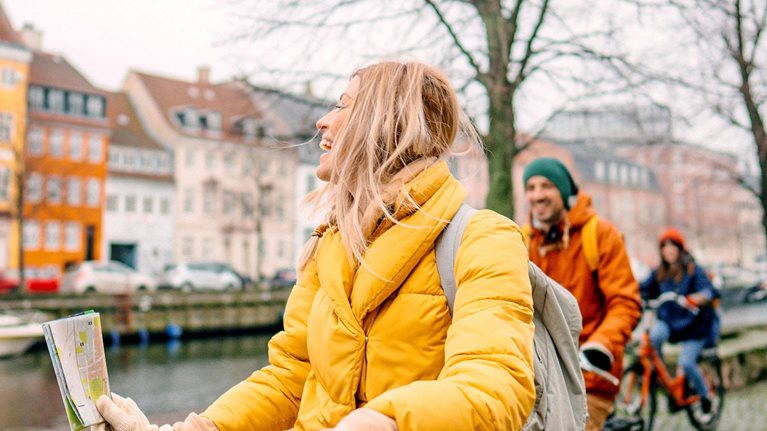Many Europeans remember holiday parks from their childhood: think waterslides, conga dances, kid’s clubs, and enforced fun. These vacations may seem like part of a past before international holidays were possible, but holiday parks in Europe are a diverse and resilient sector, catering to a wide range of domestic and regional travelers seeking affordable, family-friendly getaways.
Nostalgia still plays a role. A study of 2,000 adults commissioned by Jet2holidays revealed that nostalgia significantly influences travel decisions, with 72 percent of respondents choosing destinations tied to childhood memories and 71 percent revisiting places they had been to as children.1
Beyond the draw of nostalgia, parks have innovated. Offerings span from simple campsites to full-service resorts, with demand driven by value-conscious consumers and a growing preference for multigenerational and outdoor holidays. Others may seek short breaks with upscale amenities, specific activities, and entertainment options. Holiday parks are growing by understanding traveler motivations and crafting modern messaging that resonates.
Regional differences are noticeable, too. While many Europeans rediscovered the charm of local getaways during pandemic-related travel restrictions—spiking domestic travel in 2020–2021—each of the major European travel markets now exhibits unique characteristics. Post-COVID-19 domestic travel has stabilized, although it has once again lost share to international travel in all markets. France and Germany have seen an increase in absolute domestic travel spend versus the pre-COVID-19 average.2
While foreign travel has gained prominence in recent years, domestic travel is expected to rebound due to ongoing cost-of-living pressures, more expensive flight tickets as the cost of flying rises due to mandated sustainable fuel costs being passed through, and growing concerns about the sustainability of foreign travel. As often seen in times of economic uncertainty, domestic travel becomes a popular choice, offering a more affordable and convenient alternative to international trips.
This dynamic also highlights the sector’s economic resilience. In weaker macroeconomic cycles, domestic-focused parks often benefit from international travelers “trading down” to local options, while in stronger cycles, international travelers may add domestic breaks alongside their overseas trips. This counter-cyclical demand helps insulate occupancy levels, with different customer segments backfilling vacancies depending on the broader economic environment.
Typically, holiday park goers prefer short breaks of two to four days, weekend getaways, and school-holiday trips. Coastal locations are particularly popular, as are nature-based offerings.
As travelers prioritize convenience, affordability, and sustainability, holiday parks are well positioned to capitalize on this trend by offering an unbeatable value proposition: a wide range of activities and amenities on-site, meaning guests don’t need to leave the park to enjoy a full holiday experience.
This increasing appeal translates into growth in occupancy rates and the overall holiday park market size. Given current market dynamics, we expect the total European holiday park market to grow at a CAGR of 7 to 10 percent from 2025 to 2030, driven by increasing demand for domestic travel, appetite for property investment, and evolving consumer preferences.3 This growth is supported by macro trends such as shorter breaks and the rising popularity of nature-based holidays. This article looks at market trends, size, and composition, and puts forward five strategic levers that park operators can pull to create value.
To read the full article, download the PDF here.




